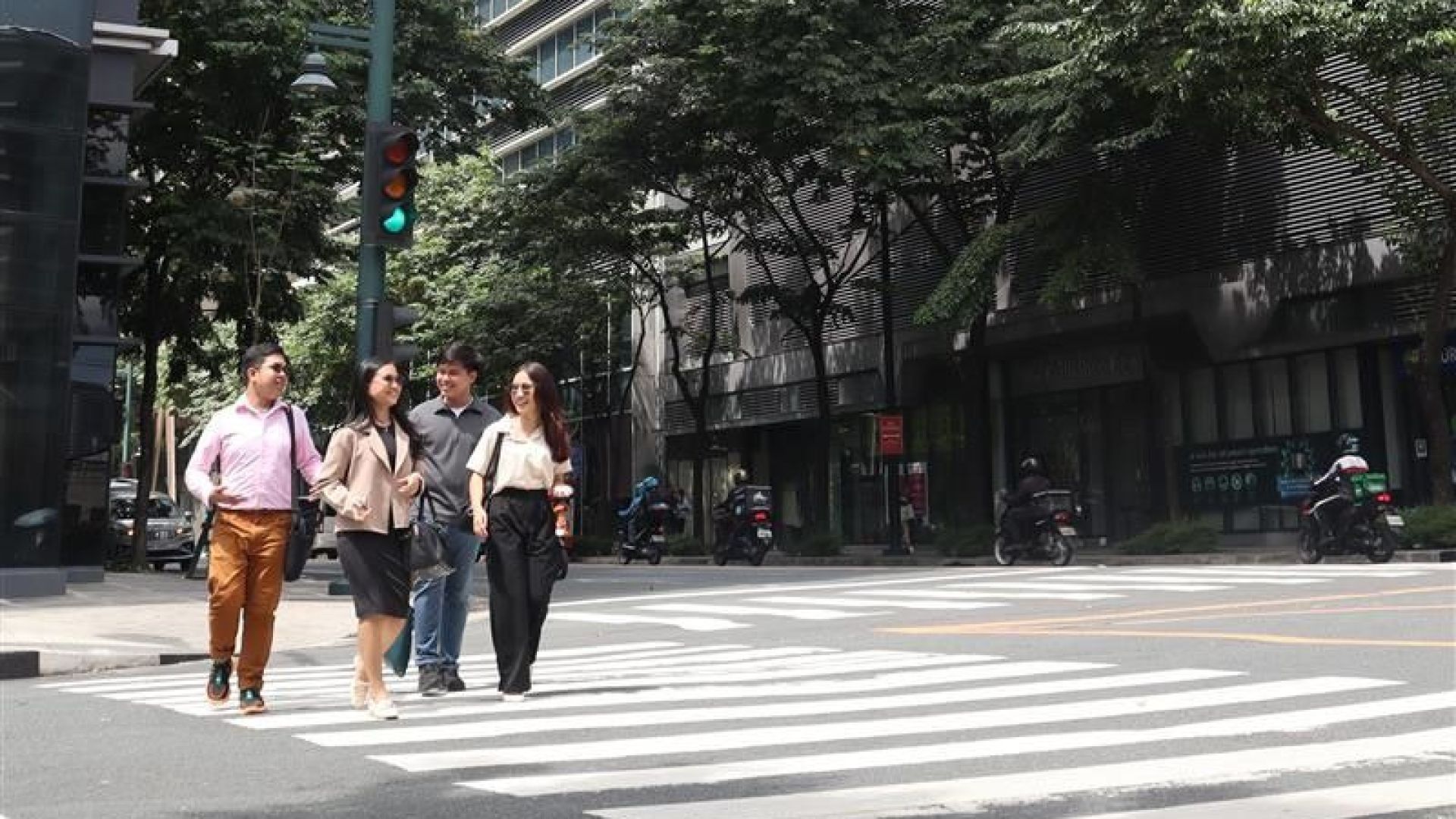The worsening traffic congestion in Metro Manila is presenting a growing dilemma for a segment of urban workers, especially those employed in the central business districts of Makati and Bonifacio Global City.
According to recent data from the TomTom traffic index, Metro Manila had the worst traffic congestion among metro areas in the world, and the worst gridlock among major cities in Southeast Asia, beating out Taiwan, Indonesia, Thailand, Malaysia and Singapore.
The index also revealed that a Filipino commuter spends on average 25 minutes and 30 seconds to traverse a 10-kilometer route, similar to the distance from Cubao to Makati. Commuters lost up to 117 hours per year due to congestion in 2023, equivalent to four days and 21 hours. This is 12 hours and 51 minutes more than the average time lost in 2022.
A JICA study estimated that the Philippines loses Php 3.5 billion daily due the traffic congestion in Metro Manila, or Php 1.27 trillion annually. The economic loss was staggering that the Management Association of the Philippines warned that the city’s gridlock already merited the declaration of a state of calamity.
Mr, Jogee Arellano, CEO of MyTown, a network of 14 dorms strategically located near Taguig’s Bonifacio Global City (BGC) and the Makati Central Business District, considers this as proof of the practical economics of the live-where-you-work setup.
“The cost of commuting to work have become quite expensive. If one considers time as money, then the economic loss is not only felt in the pocket, but on your well-being as well. These days, a two-hour commute during rush hour is almost normal even for people living in nearby cities within Metro Manila. In this scenario, living near your workplace truly becomes a viable option,” Mr. Arellano says.
Everything within reach in a 15-minute city
MyTown, a part of SM’s property portfolio, is an example of the urban development concept of the 15-Minute City in practice. The idea is straightforward: Everything you need to live comfortably in a city should be reachable within 15 minutes, ideally by walking.
“All the major offices, leisure and entertainment establishments are within reasonable distance from our dormitories. A good number of our residents are able to go to their offices or the nearby malls within 15 minutes,” Mr. Arellano says.
In a recent in-house survey conducted by MyTown on transportation and commuting arrangements among its residents, almost half of the respondents said that their preferred mode of mobility was walking. A segment either took motorcycle ride hailing apps or took public transport. Others even take more creative modes of transport like e-scooters and bicycles.

Asked how long the typical commute to work or school took, 36 percent said that it took them 10-15 minutes to get to work or school, and 19 percent said it took them 15-20 minutes. Notably, 17 percent of respondents said that it took them less than 10 minutes to commute.
“Overall, we found that that MyTown residents put into practice and appreciate the benefits of the 15-minute city lifestyle. It contributes to their productivity and well-being,” Mr. Arellano says.
The movement towards creating the 15-minute city complements well with SM’s push to build the “Integrated Lifestyle City”, as seen in developments like the Mall of Asia complex and SM Clark where condominiums, office buildings, MICE facilities, and even a school (National University) are built around SM malls that function as the modern community center.




